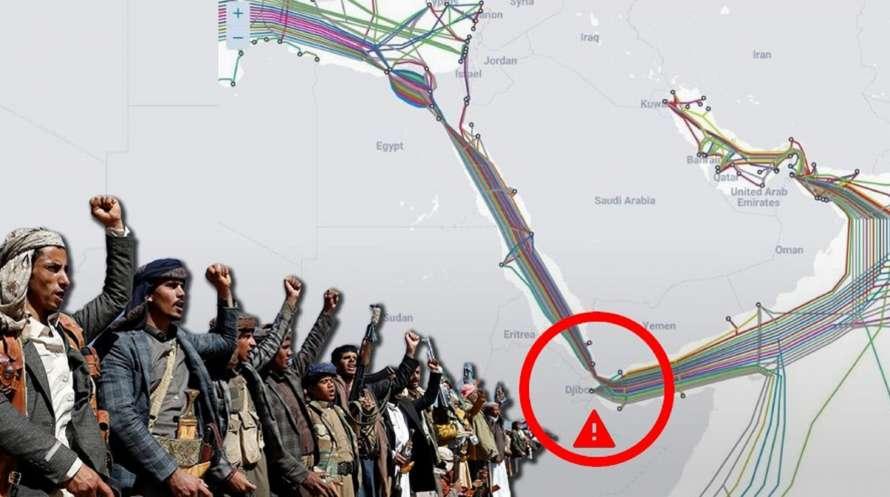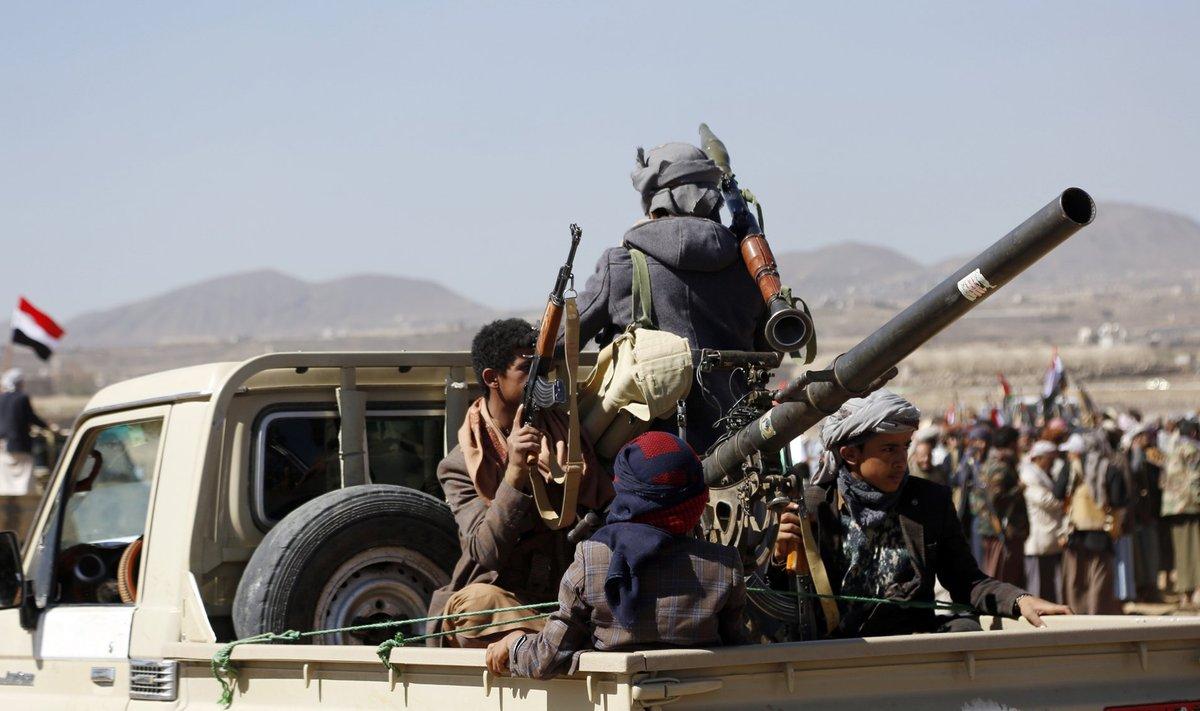Iran probing United States' weak points Analytics by Shereshevskiy
The Houthis are threatening to cut the fiber optic cable that runs along the bottom of the Red Sea if the US and UK strike Yemeni airports again. The Houthis say that they have technologies to destroy undersea fiber optic lines running through the Red Sea.
These cables are of strategic importance, ensuring communication between different continents. The communications between military and government, as well as ties within the global financial market may be broken as a result of the destruction of these communications.
It is important to understand that the Houthis do not operate independently. They have a big guerrilla army - about 30,000 fighters (more than 100,000 reserve fighters), and they are well trained for war on the ground, more precisely in the mountainous areas of which they are the masters (about a third of Yemen’s territory, including the capital of this country – Sanaa city).
However, the drones, cruise missiles and ballistic missiles that the Houthis fire at merchant ships in the Red Sea have been produced in Iran (although possibly assembled in Yemen itself at screwdriver factories). They are guided to targets by Iranian operators.
The Houthis are Shiite rebels from a country devastated by long term war, where there is almost no manufacturing industry. There are no appropriate high technologies and specialists, but Iran has everything. The Houthis are the way of plausible deniability for Iranian attacks on commercial and military vessels, as well as ground guards for Iranian missiles and their operators. Perhaps the Iranians have the technologies to destroy cables laid several hundred metres deep.

New threats must be taken seriously. The Houthis managed to damage only 17 merchant ships during missile and drone strikes in the Red Sea within more than a month. This is a tiny portion of marine traffic. However, as a result of the strikes, the risks and costs for trading, transport and oil companies sharply increased. So they began to stop trade in the Red Sea and send ships bypassing Africa. This increased cargo transit period by 14 days. As a result, the prices for supplying some goods, including oil, increased.
While taking into account the weak-willed US (there is nothing to say about Europe), Iran takes control of one of the world main trade routes - the Red Sea. Around 12 per cent of world trade and nine per cent of world oil trade by sea - six million barrels per day account for it, more precisely, accounted. Now most of the goods are supplied bypassing Africa. A threat to cut the cables providing the global internet with power is Iran's next action.
The developments in the Middle East are not only the Arab-Israeli war. This is a conflict between the US-Israeli coalition on the one hand, and the influential Iranian, predominantly Shiite bloc, on the other hand. The war is being waged on five fronts. Iraq, Lebanon, and in particular Syria, as well as about a third of the territory of Yemen, where the Tehran-linked Houthis operate, are controlled by pro-Iranian militias.
Fighting between the Israel Defence Forces and the Palestinian Sunni movement Hamas in the Gaza Strip, fighting in northern Israel between its army and the pro-Iranian Hezbollah, which controls Lebanon, attacks by the Yemeni Houthis on American and international civilian and military ships in the Red Sea, attacks by drones and missiles on American bases in Syria and Iraq (they are carried out by local pro-Iranian proxies who practically control these countries) are part of one big war. Iran is pushing Americans out of the Middle East and seeking to undermine the existence and stability of the US ally - Israel.
The actions of Iran turned out to be so large-scale that the Pentagon started talking about the possible withdrawal of US troops from Iraq and Syria. On the other hand, the US has so far been unable to stop Houthi/Iranian attacks on ships in the Red Sea. As a result of the latest attack by pro-Iranian militias on a US base in Jordan, three American soldiers were killed there. Before retaliating, the US informed the Iranians of possible attacks on Iranian bases in Syria for Tehran to be able to evacuate its personnel. One cannot even imagine that Washington can fear.

Americans are afraid of a new war in the Middle East because they have already lost in the past as a result of the unsuccessful wars in Iraq and Afghanistan. Moreover, according to economists' forecasts, in case of a full-scale war between the US and Iran, oil prices could rise to $150 per barrel, which would ruin the global and American economies and lead to US President Joe Biden's defeat in the November elections. However, on the other hand, such weakness can also contribute to the indicated result.
US weakness is a source of inspiration for Iran. Tehran is constantly probing Washington's weak points. Seeing the relatively weak response, and, in particular, the fear of the US administration, Iran continues to increase pressure. The Iranians intend to oust American influence from the Middle East. The threat to cut cables in the Red Sea is part of the offensive. If the US cannot cope with this, then in the future Iran will determine the rules of global trade in the Red Sea rather than the Americans and their allies. Let's see how the aging but still powerful American imperialism will respond to the threats of a less powerful, but more active Iranian imperialism which is ready to aggravate.








